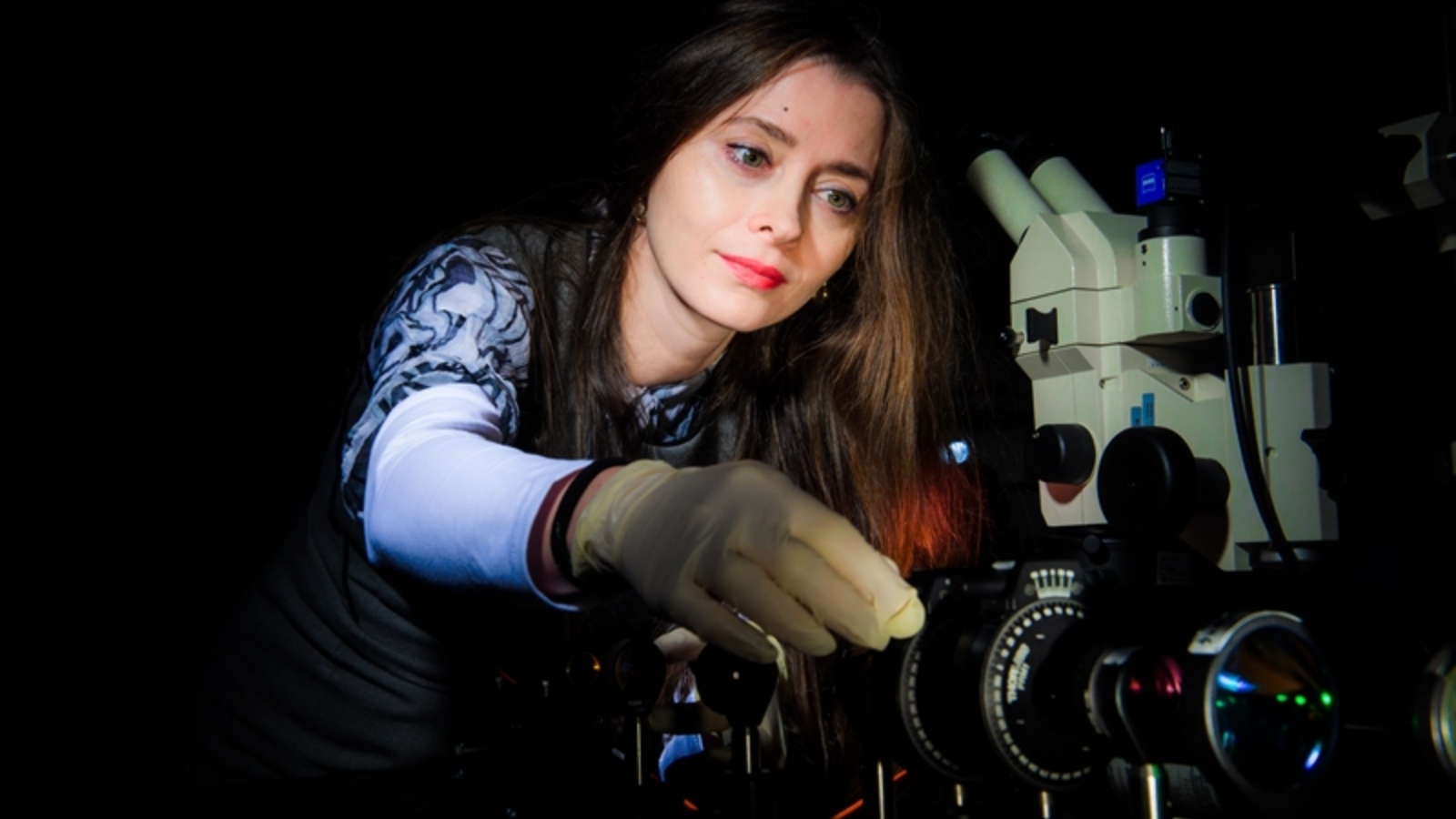In a discovery fit for a thriller novel, Israeli researchers have developed a chip device that offers superior identification of minuscule blood residues for forensic applications. You know, like a murder scene.
The device combines the use of the light-emitting chemical luminol with gold or silver nanospheres that are positioned in a serpentine-shaped microfluidic mechanism, a combination that amplifies the emission of luminescent light and facilitates greater imaging.
The technology behind the device was developed by Prof. Alina Karabchevsky of the Electro-Optics and Photonics Unit and the Ilse Katz Institute for Nanoscale Science & Technology at Ben-Gurion University of the Negev. The device itself is being introduced by BGN Technologies, the university’s technology-transfer company.
Criminologists use luminol to identify microscopic blood drops and low concentrations of hydrogen peroxide, proteins and DNA that are invisible to the naked eye. The use of luminol to detect these biological residues does not depend on an external light source and is cost-effective.
The microfluidic chip invented by Karabchevsky and her team not only greatly increases the production of light but also prolongs the glow time of the luminol, enabling the detection of much smaller blood samples at the forensic scene.
“Identifying trace quantities of blood can increase the efficiency and accuracy of a forensic investigation of a crime scene, but requires more sensitive detectors than those that are currently available,” explains BGN Technologies CEO Netta Cohen.
“The method developed by BGU researchers will enable development of future detectors with improved sensitivity. We are currently looking for partners for further developing this promising patented invention.”
Fighting for Israel's truth
We cover what makes life in Israel so special — it's people. A non-profit organization, ISRAEL21c's team of journalists are committed to telling stories that humanize Israelis and show their positive impact on our world. You can bring these stories to life by making a donation of $6/month.









